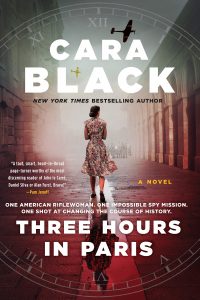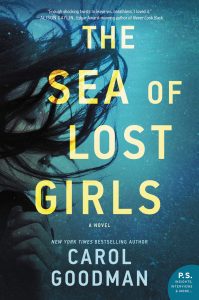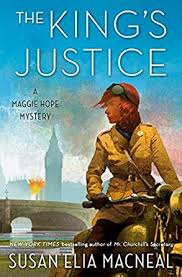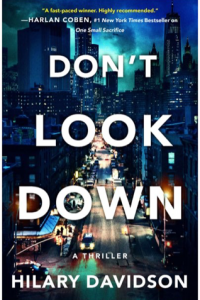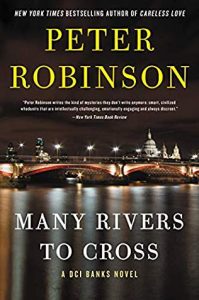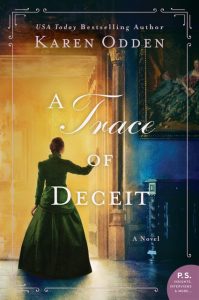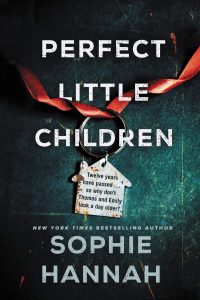Cara Black: Three Hours in Paris
This book will be available on April 7, 2020.
This ticking clock thriller feels like the book Cara Black has long wanted to write, it’s so explosive, so taut, and so impossible to stop reading. The propulsive narrative follows Kate Rees, a young American sent to assassinate Hitler when he visits Paris for three hours in 1940. The set up introduces Kate as she’s waiting with her sniper rifle for Hitler’s appearance; then it goes back in time, very briefly, to establish Kate as a person. She’d been living in Scotland with her Welsh husband and their baby daughter when she loses them both to a German bomb, making her determined to fight the Germans with every bit of herself.
